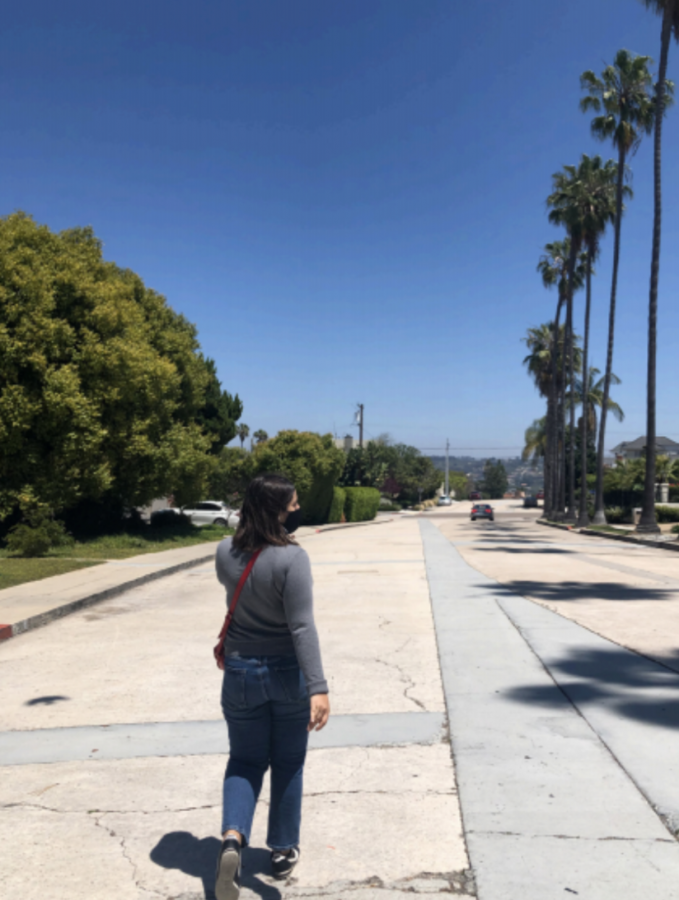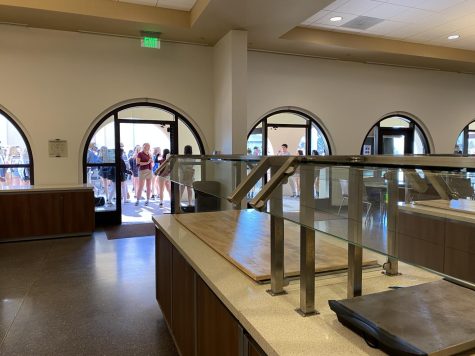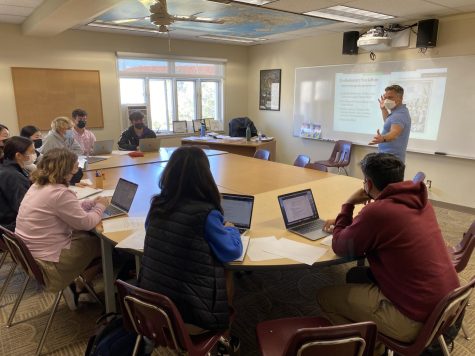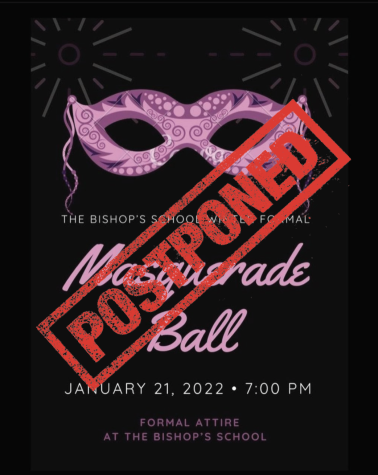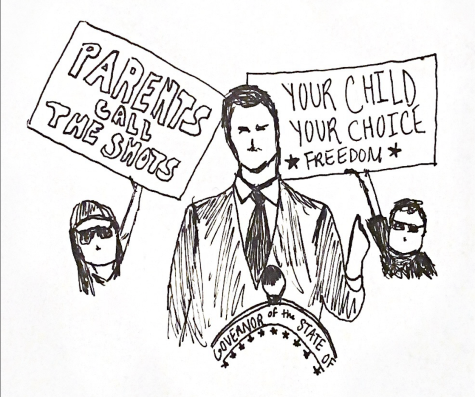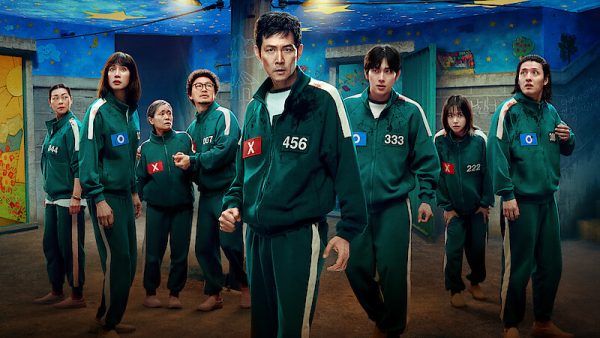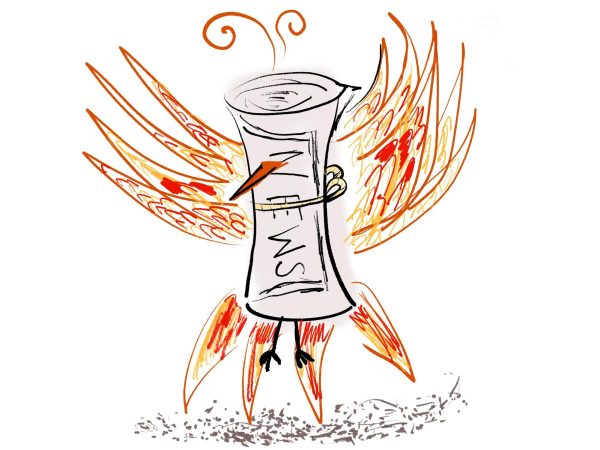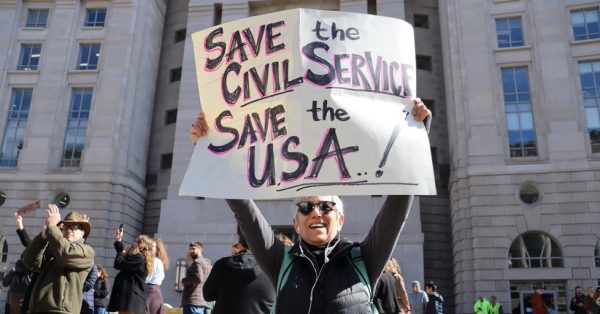Keep Your Distance: Choosing Social Isolation During the Pandemic
I recently went on a socially distanced walk with a friend, making sure to keep our distance while socializing.
I’ve been to far too many birthday drive-bys and Zoom call hangouts with friends, and I’ve definitely been hiking way too much. I’ve been on walks with a friend, staying at least 10 feet behind her, straining to hear what she’s saying through her mask. I’ve driven to Oceanside with no clear destination in mind because no places are open. I’m starting to get fed up with having to stay six feet from my friends, with wearing a mask when dropping cookies off at my friends’ houses, and with washing my hands thoroughly after simply getting a package from the front door. Seeing people hanging out together on social media does not make it any easier to see the bigger picture.
But, even though I want to do anything but socially distance, I will not break the rules simply because of what I want to do. I am not willing to risk the health of others for myself.
The Centers for Disease Control and Prevention (CDC) says that to protect yourself and others from the virus, you should always maintain six feet of distance between yourself and others whom you are not quarantining with. In addition to this, the CDC advises that you should frequently wash your hands and clean surfaces that are touched around your home. When you go outside, you should wear a mask of some sort to prevent the possibility of you spreading the virus—which you can have without noticeable symptoms. Overall, just don’t make contact with people who you aren’t quarantining with. Does this mean you can’t leave your home? I don’t think so, but what about seeing your friends and socializing?
There are many different ways to interpret social distancing guidelines, but this is my interpretation and I follow the rules very carefully. I, and the few friends that I have been around, have been very responsible to follow social distancing guidelines, staying in open air and more than six feet apart. When I’m around friends who I don’t think have been following social distancing rules, I wear gloves and a mask as well as maintain my distance. I don’t think that social isolation means you can’t see your friends; I just think it means that you must follow guidelines as closely as you can. Yes, being out and about is technically increasing risk, but I have not broken any social distancing rules and believe they are necessary to stop the spread.
Some students at Bishop’s have found ways to socialize inside of isolation guidelines. Stella Lanuti (‘21), for example, is quarantining with another family. She says that both families have been quarantined completely, and that besides the other family, she hasn’t been in contact with anyone else. “After a while it gets boring seeing your family everyday, so it’s nice to spend time talking with other people and enjoying their company,” Stella said. She and her family have been very careful to not come into contact with anyone else, and the family they’re quarantining with observes the same rules. “We are in the same “circle” which means that we have mutually agreed to be the only people we each hangout with,” Stella explained. “This way, if someone were to come down with COVID-19, we would be able to monitor it and not spread it to anyone else.” I think that this responsible form of socializing is okay, as long as there is that agreement to only see the other family. However, once someone starts to spend time with another person outside of the other family, it introduces risk into the whole situation.
Other Bishop’s students have been spending time with friends without followingregard to social distancing guidelines. An anonymous sophomore shared their perspective on this behavior. “I think hanging out with one or two friends is okay. At this point, most of us have been in quarantine now for over a month and are obviously not sick,” they said. “I still think it is important to maintain social distancing, however I also think that having in-person social interactions is really important because quarantine can make many people feel isolated and disconnected from society.”
While this practice may be okay in theory, there needs to be a mutual agreement between friends in order for this to work. If one person chooses one or two other individuals to spend time with during quarantine, they need to stick to only those people and those people need to only spend time with them. Not doing so would only negate the point of social distancing and further the spread of the virus. Unless it is a secure group, spending time with friends does not work.
I miss my friends, but I am staying home regardless because I don’t know if my friends have been spending time with others, and if they could be sick with or carrying COVID-19. Zenzele Greene (‘22) explained this, saying, “Because it can be asymptomatic, it makes the whole situation worse. There’s a chance of you carrying it, even if you don’t know.” Overall, staying home or safely socializing with friends is just safer, because unless there is a mutual agreement, there is no way to safely socialize while not socially distancing.
Recently in San Diego, there has been a general ignorance towards social distancing guidelines, with hundreds gathering to protest the social isolation rules on account of them imposing on personal freedoms. As well as this many people—both students from Bishop’s and outside of school—have been posting photos with friends or in groups in which they are clearly ignoring social distancing guidelines. Seeing this content can be hard, and makes me have to remember the reason why I am following social distancing rules. Even if it feels like you are the only one who is still following the rules, remember: you are saving lives. You are making the right decision.
Something that I think a lot of people—especially young, healthy people—forget is that quarantining is not for themselves, but for the vulnerable population. If a Bishop’s student contracts COVID-19, the odds are they are going to be fine. However, if they spread it to someone older, like their grandparents, there is a greater chance of serious problems. “It’s not just your life, because it’s more about the people who will not survive if they get it,” Zenzele explained.
As many Bishop’s students are young enough for it to be likely that they’re asymptomatic carriers, they wouldn’t know that they contracted COVID-19, they could still easily pass on the disease, especially to more vulnerable members of the population. This is where the argument that people should stay home when they feel sick falls through. People should just stay home, or stay away from others, as much as possible.
I don’t mean that you can’t see your friends. You can do exactly that: see them, and talk. No contact is needed. As I have mentioned before, I have been to birthday drive-bys, talked to my friends from six feet away, and gone on socially distanced walks. I have taken precautions to ensure that I am not breaking isolation guidelines, and it has been fine. As much as I would love to give my friends a hug, sleep over at their houses, or drive around with them, I know that would be selfish because I would be putting what I want above what is necessary for public health and for others’ wellbeing.
No one has the right to risk someone else’s life by breaking quarantine. Everyone has the freedom to leave their houses should they so please, but morally, you should think about what behaviors you’re practicing and whether or not they are safe. Like Zenzele said, “I never agree with taking away people’s autonomy, but even though there’s no legal restrictions, you should just stay home, because it’s the right thing to do.”

Abby Beamer is a sophomore staff writer for The Tower. She likes singing and her friends often tell her to shut up, probably because she shouldn’t sing....


